Travel Guide: Preparing Your Australian Holiday
Soooo, who wants to visit me? Today’s guest post comes from Ella Rich, who’s here to provide a few tips on how to prepare for a trip to Australia. Hope you find it useful!
Australia is also one of the popular hot-spots for tourists, particularly among backpackers and travelers on a budget. Most travelers arrive in the summer to get relief from the chilling cold of the northern hemisphere from December to February, when it is sunny and warm down under. If you are preparing for an Australian holiday in the near future, then I have some valuable information to share with you.
Plan the places you want to visit beforehand.
The options are plenty: the Great Barrier Reef, Sydney, Uluru, wine fields, white sand beaches in Western Australia, beautiful east coast beaches, and lush jungles.
Study! Study! Study!
Study all relevant things like the currency, how to call back home, safety measures, reliable shopping and how to travel with a child. Then you’re ready to go.
Do some plying before flying down under.
Many major airlines around the world travel to Australia, and prices vary considerably. Consider all the pros and cons, like the length of the flights and any mandatory stopovers, and then plan accordingly.
Moneywise, be wise.
Australia’s currency is the Australian dollar (AUD). Learn about the currency exchange at banks, hotels and international airports. Also research commonly accepted credit cards such as American Express, MasterCard, Visa, and their affiliates.
Emergency! Emergency!
Be sure to note the emergency number for police, ambulance and/or fire.
Environmental hazards
Australia is prone to environmental hazards such as bushfires, rough surf, and extreme desert heat. So be vigilant!
People-friendly
For people with a disability, there are special services available in Australia, but do check on the services for your particular disability before landing.
Sun – not cool!
Sun protection is extremely important in this country, as the sun is pretty harsh. Apply sunscreen whenever you are out. Extra protection, like a hat or long-sleeved T-shirts, is also good. Drink enough water to keep yourself hydrated all day long. Reapply sunscreen at regular intervals.
Care is the best protection.
Just as you would at home, always be careful with your personal belongings.
Stay in touch.
Mobile phones have very limited coverage in remote areas. Contact your mobile provider before traversing those areas.
Also, if you are traveling in remote Australia, check out Total Car Care. Carry good maps, extra food, water, fuel, and an emergency plan.
Be water-safe.
The beautiful beaches across Australia make them extremely popular among tourists, but safety should be of prime focus in such places. The safest places for swimming are marked – always swim there. Never swim alone. Always confirm water depth before diving in. Shark attacks, though rare, occur every now and then. Never swim in rivers, estuaries, tidal rivers, deep pools, or mangrove shores, as these are natural habitats of crocodiles. Observe safety signs before fishing or boating.
Banish the threat in bushes.
If you’re thinking of a bushwalk or a hike, verify the span and the difficulty level before going there. A local guide can be of immense help. Dress in protective footwear, a hat, sunscreen, and insect repellent, and take wet weather gear, a topographic map, and plenty of water with you. Examine maps and signs; stay on the track, behind safety barriers, and away from cliffs when walking. Follow all safety measures on such adventurous trips. Study the weather conditions of the location and plan accordingly.
I hope this information will help you when you are in Australia!
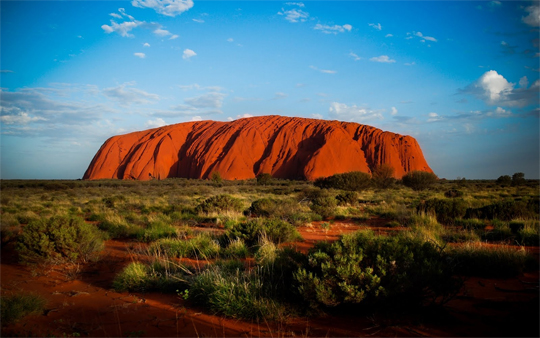

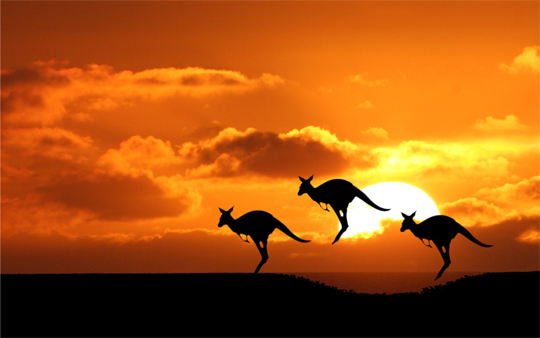
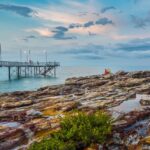
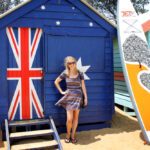
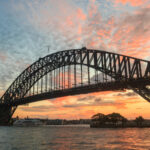
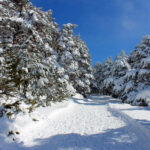






I would love to visit you! In the meantime, I will do as I always do, be there with you in spirit! I love you!
I’m so glad you’re here with me in spirit! 🙂 And that I got to see you over Christmas!
Hi,
I have gone through your site http://kirstiej.com/and like it very much. I would like an exclusive guest post published on your site. The article would be 500+ words. Since you already publish guest posts from different authors in your niche, I thought it would be nice if I too had an opportunity to present your blog’s readers with something of real value.
I understand the need for unique and well-researched content. The article will be unique and will not be published elsewhere on the internet. You can also provide author login/pw and I will contribute quality content to the site.
Looking forward to hearing from you.
Hi Shirley,
Send a sample of your writing to kirstiej@gmail.com and a topic proposal, and I’ll let you know if I’m interested. Thanks!
Australia seems to be beautiful, and really interesting to see! hope someday i shall visit it together with New Zeland.
also the Australian Football Rules they have looks like a mixture of football and rugby…..quite weird, but interesting at the same time!
good post!
It really is! I hope you get to chance to visit too!
After almost four months here, I’m still totally clueless when it comes to Australian football.
You make me super excited about our Australian odyssey. Will come back often now.
When will you be here, and what do you have planned?
Adding your blog to my RSS feed as well!
This is truly helpful, thanks.
So much helpful and informational. I really like Australia, after reading this post my wish to visit Australia is more strong now. Recently i visited to Lake Tahoe i had great experience there and i picked list of things to do at Lake Tahoe